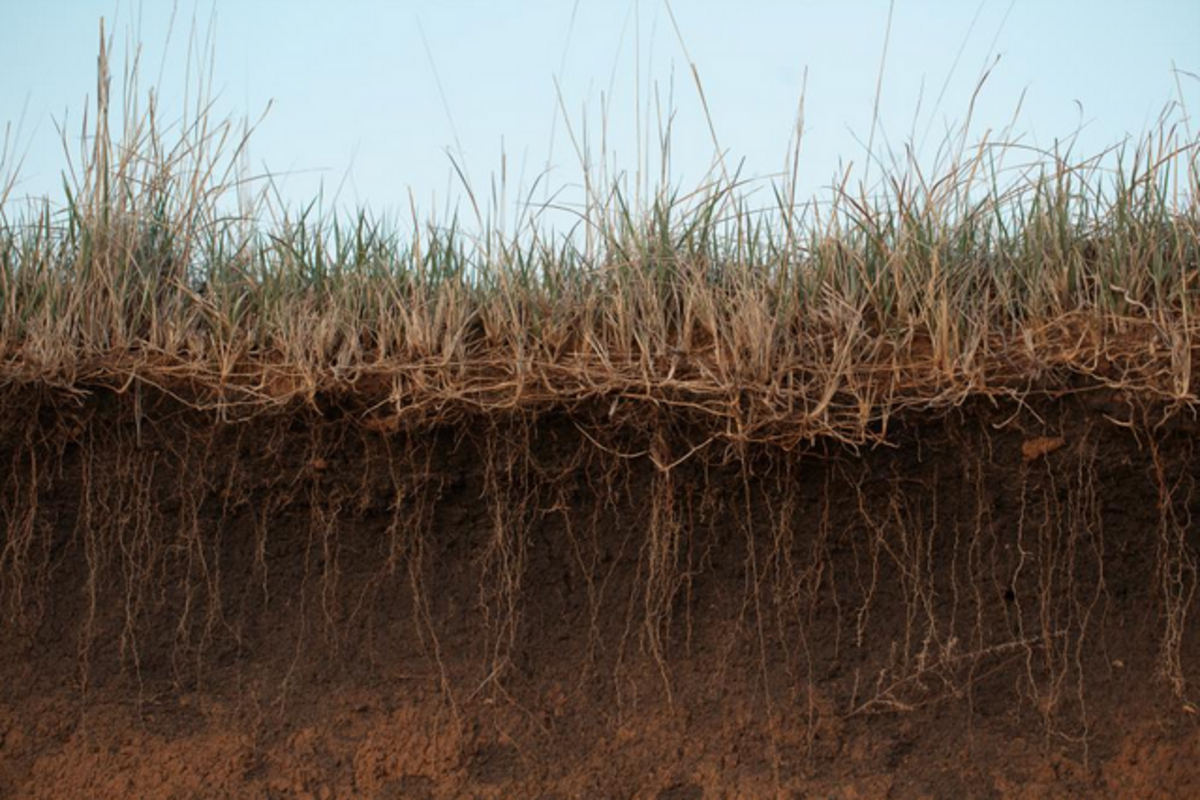EU-wide harmonised soil datasets and a novel methodology are among the main features of the soil health dashboard, a new tool of the EU Soil Observatory (EUSO), developed and run by the JRC. The dashboard supports the forthcoming European Commission proposal for a soil health law and indicators proposed by the Soil Mission of EU’s research and innovation programme Horizon Europe.
This proposal is part of the EU soil strategy for 2030. Its aim is to specify the conditions for a healthy soil, determine options for monitoring soil, and lay out rules conducive to sustainable soil use and restoration.
What does the dashboard show?
For the first time, one can view the state of soil health across the EU.
A staggering 61% of EU soils are in an unhealthy state, according to the EUSO soil health dashboard based on the evidence currently available. This figure is an under-estimate of the actual extent of soil degradation, given the recognised lack of data on many other soil degradation issues, such as soil contamination.
The current value is in line with the headline assessment made for the establishment of a Soil Mission that 60-70% of the soils of Europe were in an unhealthy state. The most prevalent types of soil degradation appear to be loss of soil organic carbon (48%), the loss of soil biodiversity (37.5%), and soil erosion by water (32%).
In addition, the dashboard shows that most of the unhealthy soils are in fact subject to more than one type of soil degradation. Tackling different types of soil degradation is important for the soil restoration agenda.
A novel methodology
The EUSO soil health dashboard is based on a set of 15 indicators of soil degradation processes, covering the following nine topics: soil erosion, soil pollution, nutrients, loss of soil organic carbon, loss of soil biodiversity, soil compaction, soil salinisation, loss of organic soils and soil sealing.
The dashboard is based on the scientific evidence available to date; in practice however, the indicators only cover a subset of degradation processes affecting soils. The EUSO team at the JRC hopes that the dashboard will put a spotlight on the current soil data gaps, with a view to steer improved data sharing and targeted research.
A novelty of the EUSO soil health dashboard lies in the use of the convergence of evidence approach, which spatially combines datasets to highlight the intensity and location of soil degradation processes. The resulting map shows, for the first time, where scientific evidence converges to indicate areas that are likely to be affected by soil degradation. In other words, it provides an indication of where unhealthy soils may be located in the EU.
This was made possible by using EU-wide harmonised datasets, most of which were developed by the JRC and sourced from ESDAC - the long operating European Soil Data Centre, but also coming from the European Environment Agency (EEA) and other institutions. Over time, other data will be added from different sources.
Another novelty is the setting of threshold values to determine when soils can be considered healthy or unhealthy. Thresholds have been set for each soil degradation process, based on a combination of scientific estimates and established critical limits. They represent an estimate of the point beyond which most soils can reasonably be considered vulnerable to a certain process. Given the very wide range of soil types, some of these EU-wide thresholds may result in large uncertainties. In the future, the accuracy of the EUSO dashboard map will be improved by applying locally based thresholds, or offer users the option to create maps based on the thresholds they consider most appropriate.
The EUSO soil health dashboard also presents the overlapping area observed between pairs of the 15 soil degradation processes, highlighting typical associations. Finally, statistics and maps are presented for each indicator through an interactive display whereby users can select the soil degradation and the scale they are interested in.
High policy relevance
The set of indicators, together with thresholds determining the state of soil health, will evolve according to implementation of the forthcoming EU soil health law, scientific developments (e.g. Horizon Europe’s Soil Mission projects) and improved data flows from EU countries.
Additional elements will be developed to reflect the implementation of specific policy strategies and legislation e.g. soil strategy, zero pollution action plan, biodiversity strategy, farm to fork strategy, and the sustainable development goals.
Related links
European soil data centre (ESDAC)
